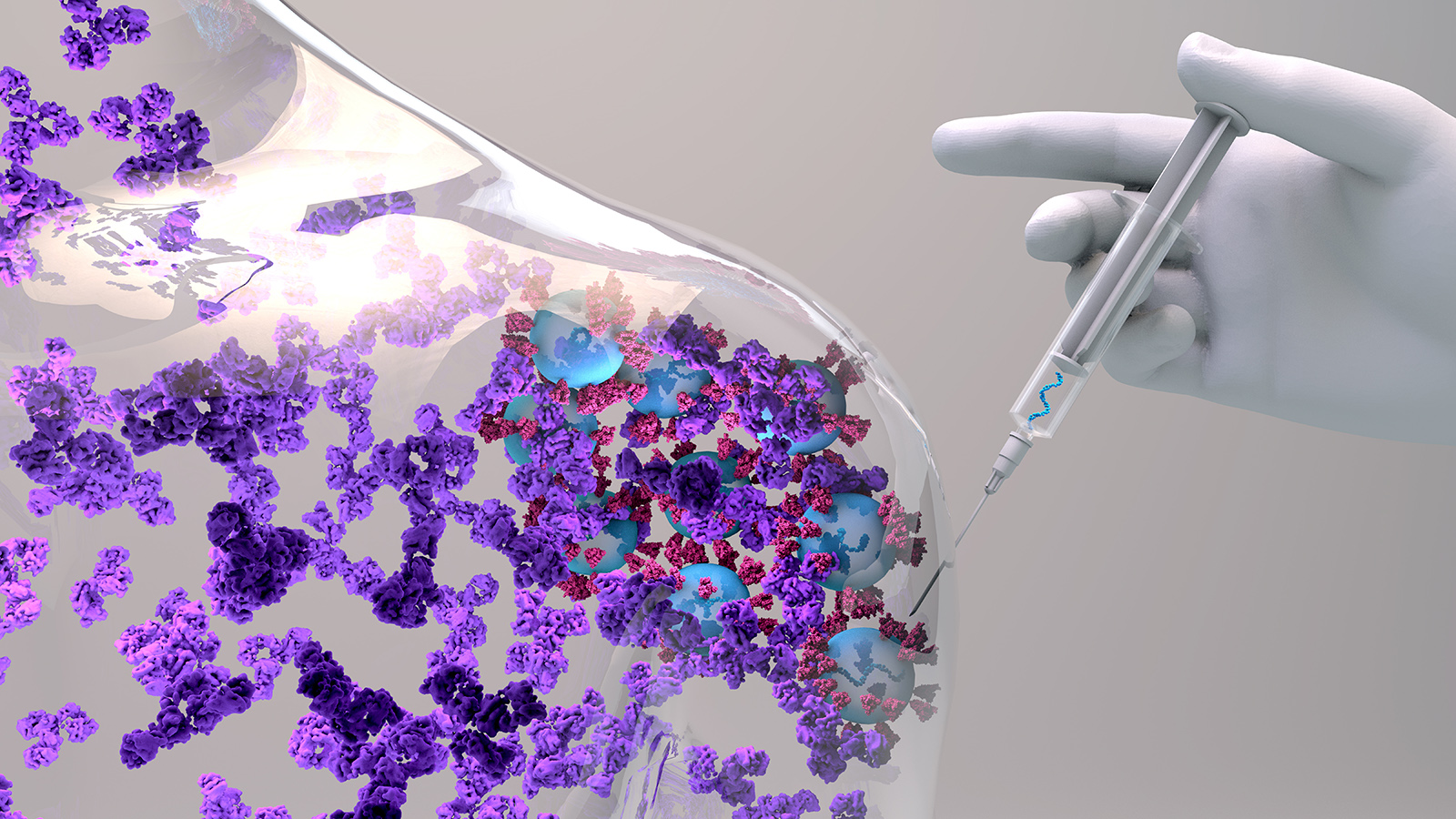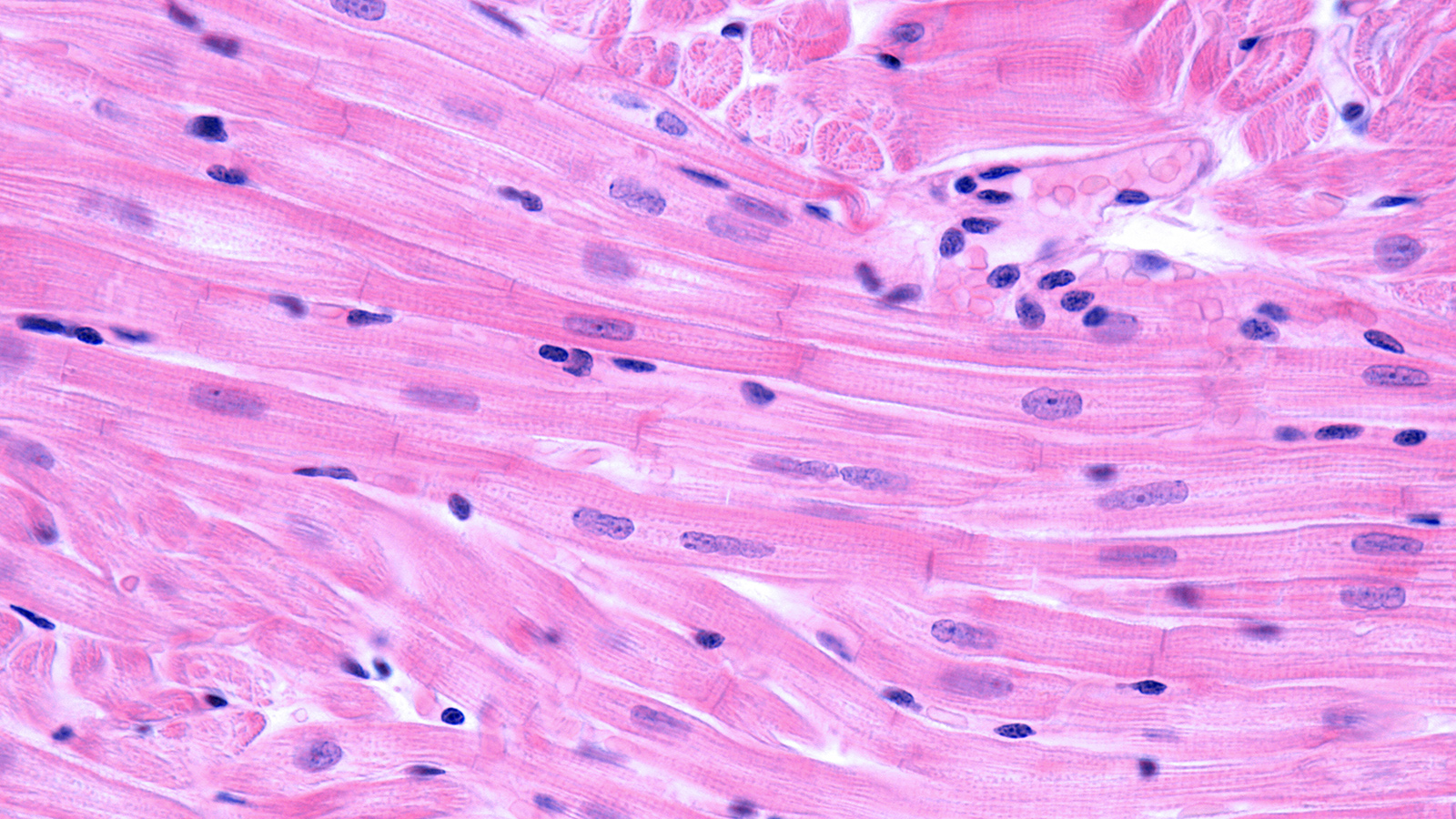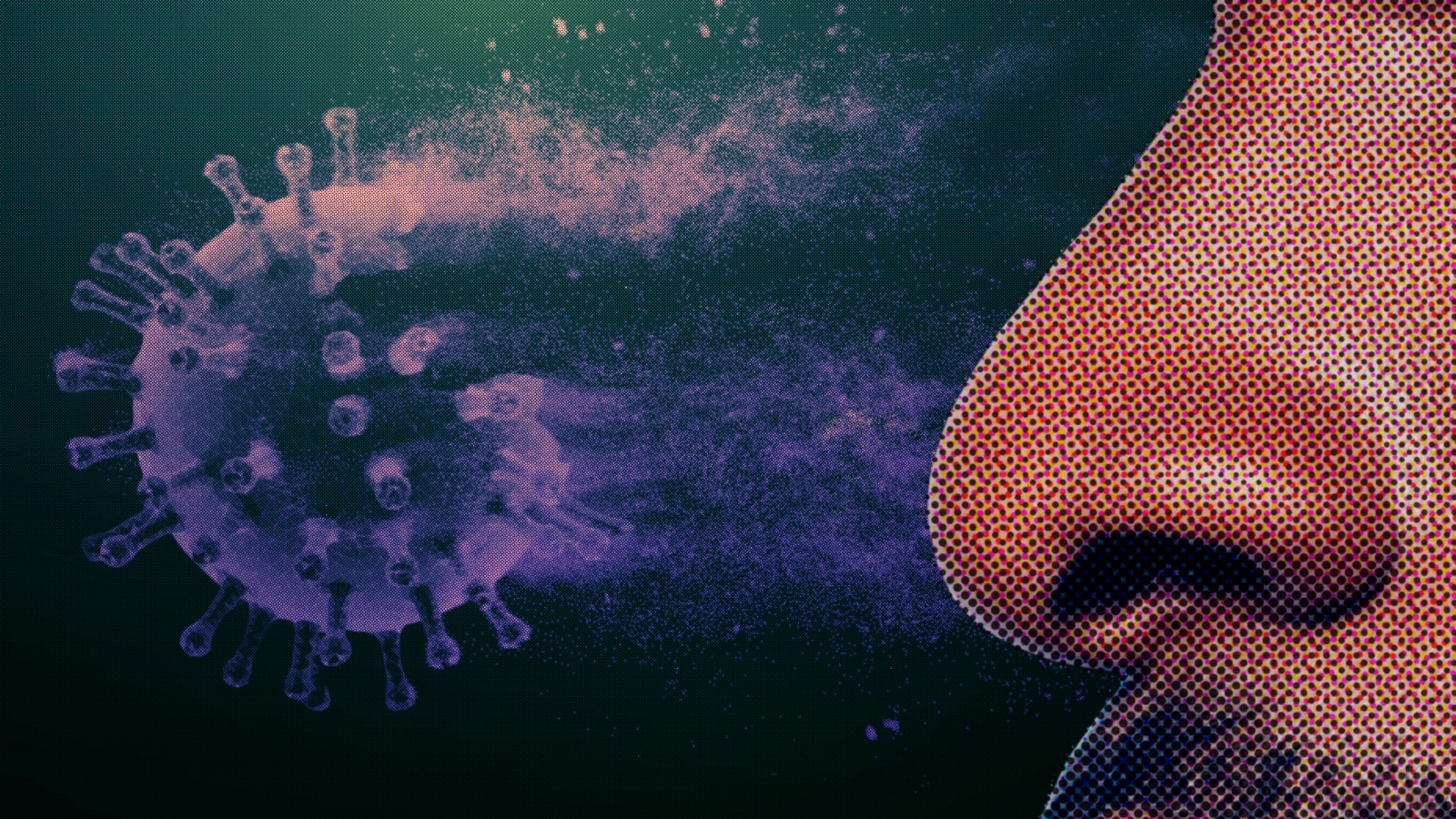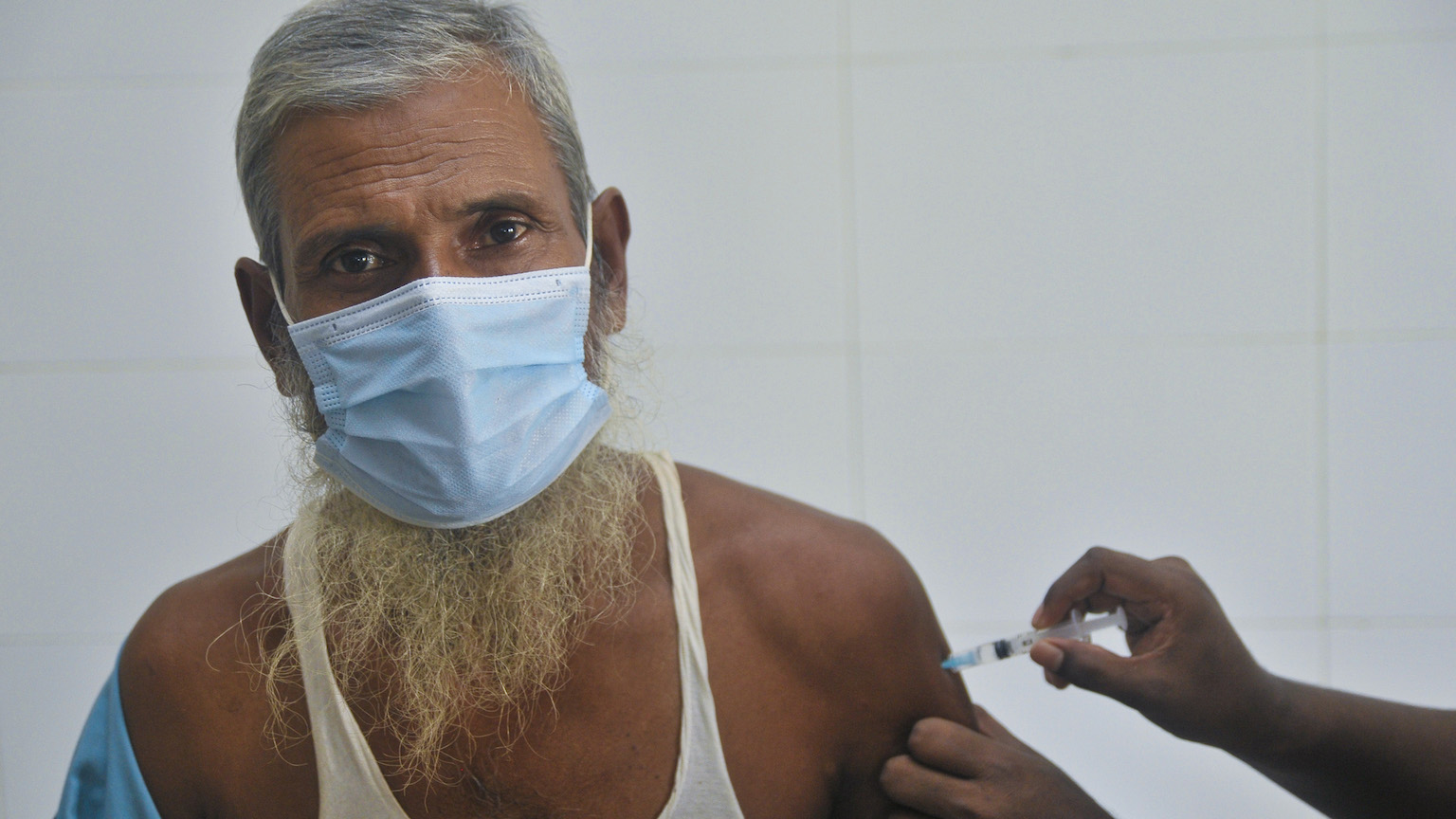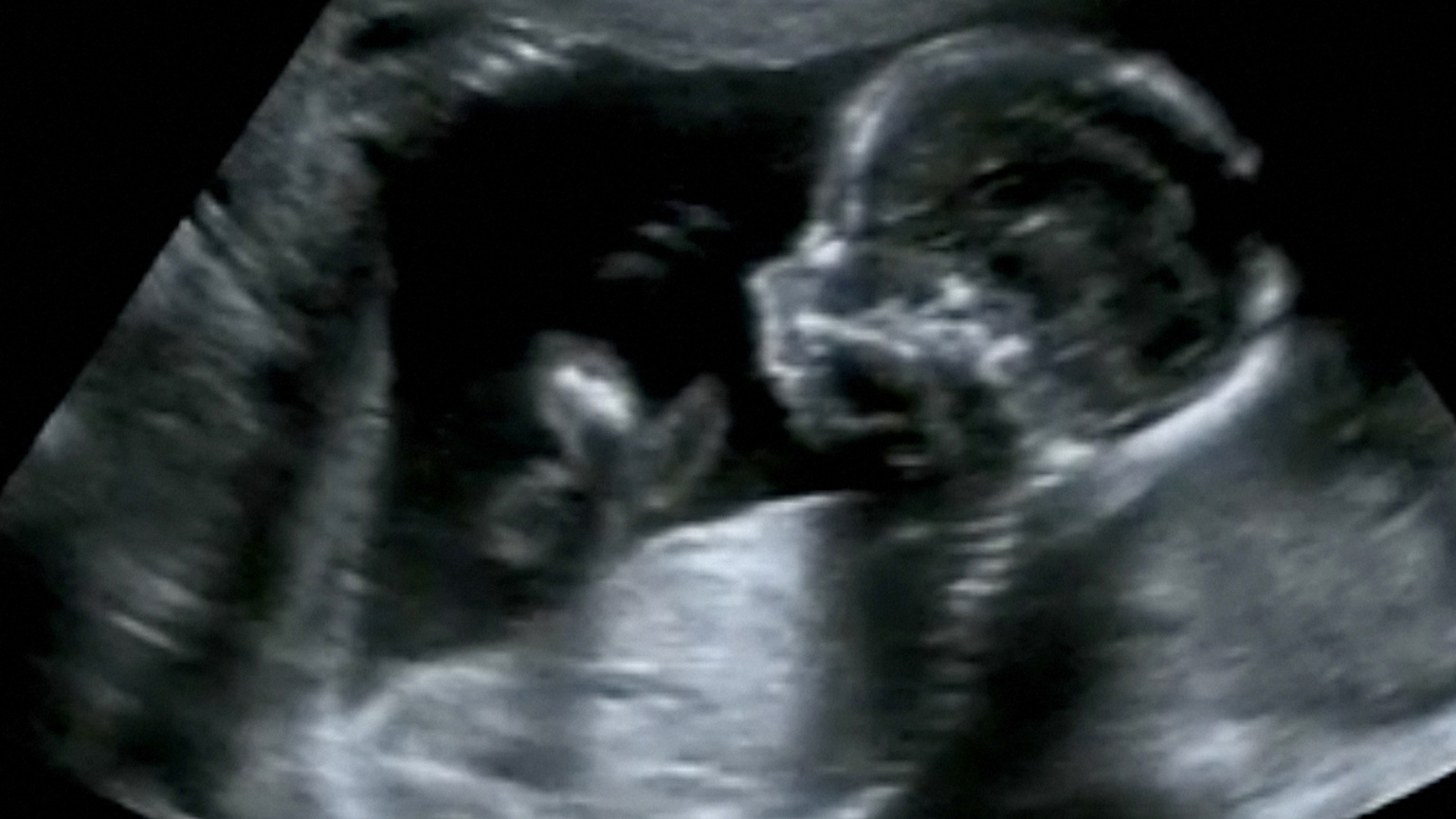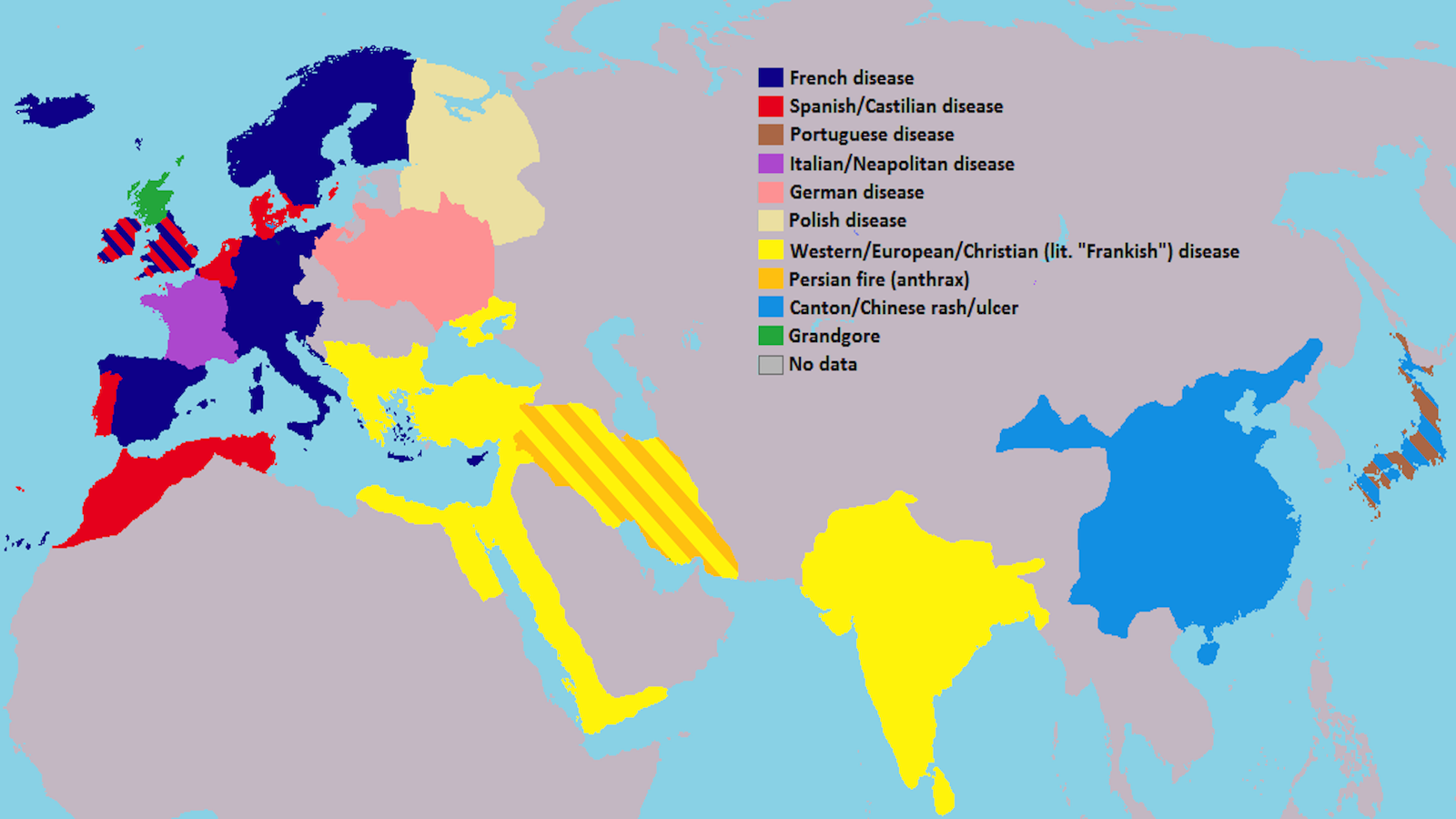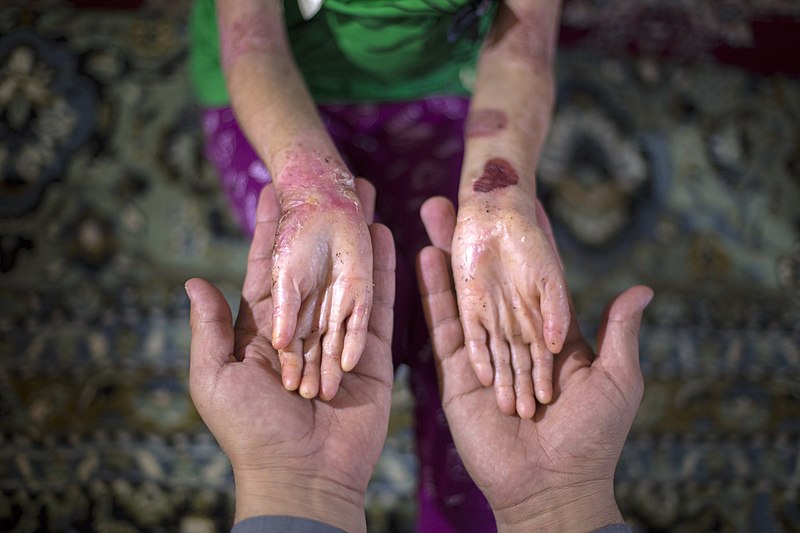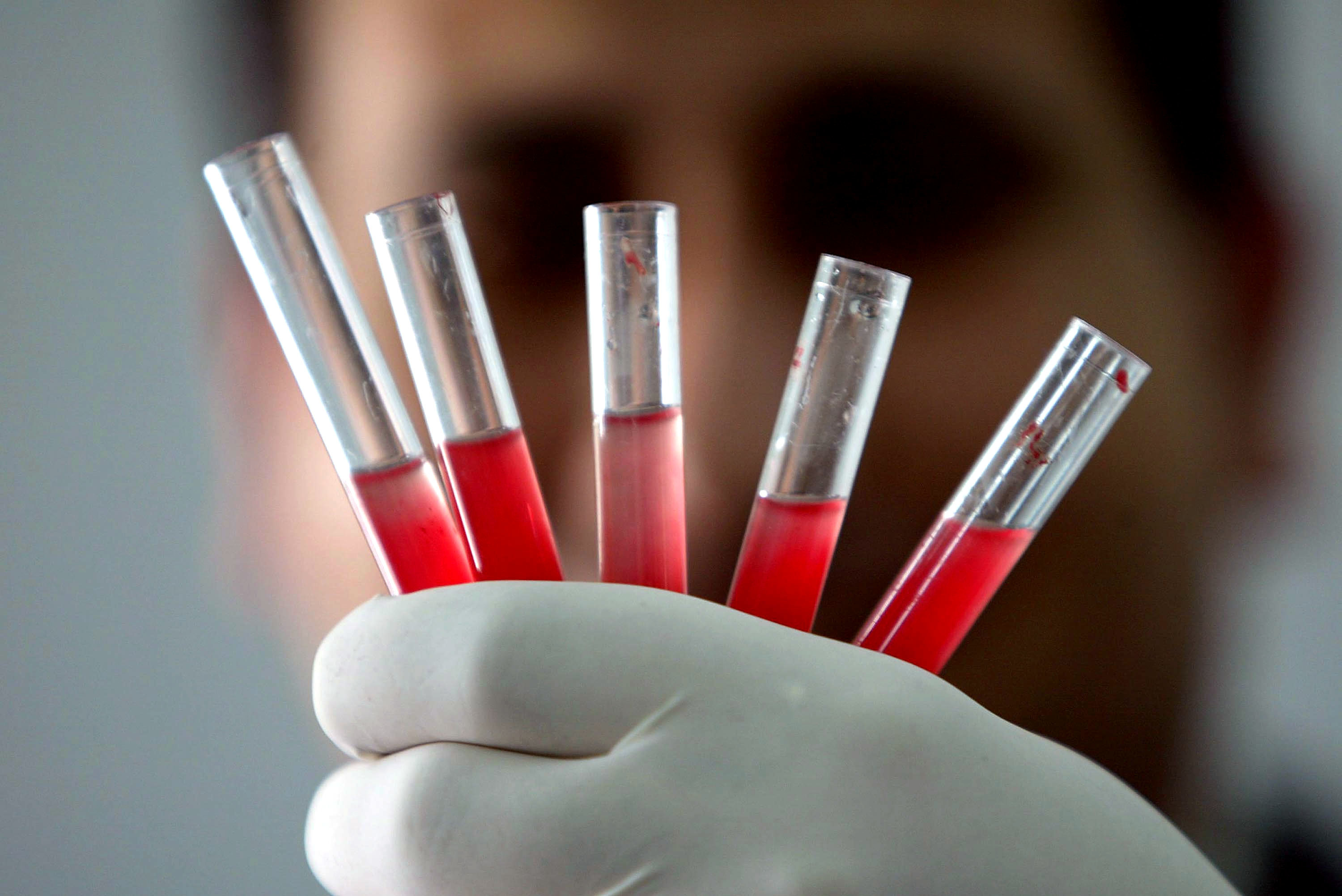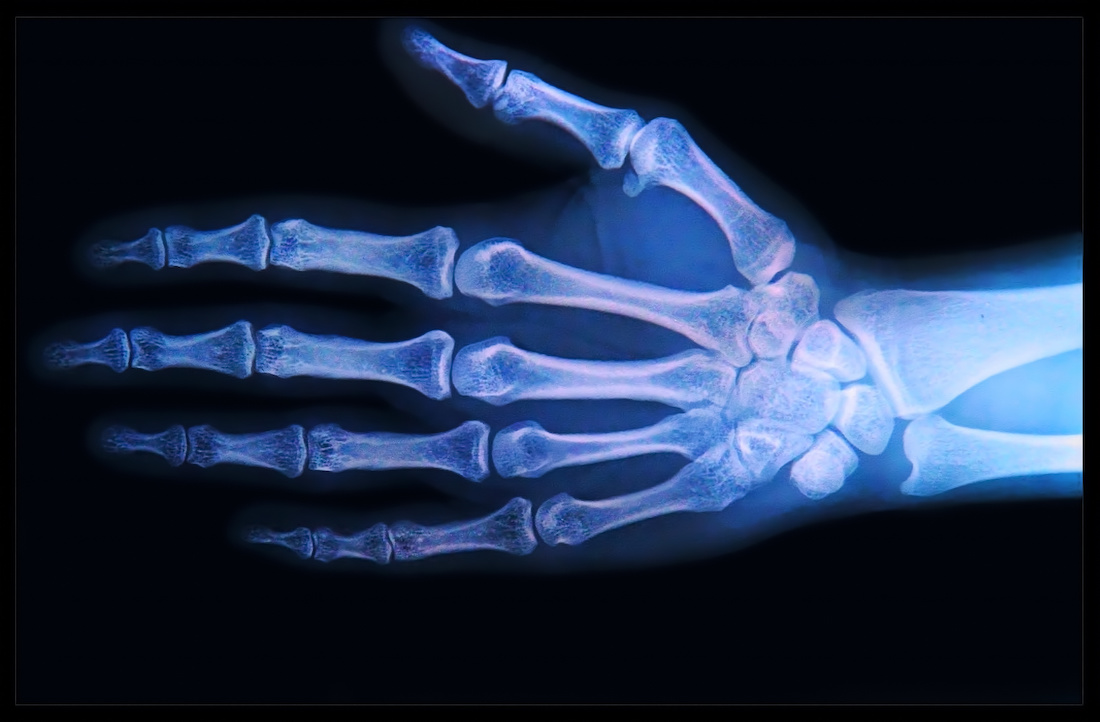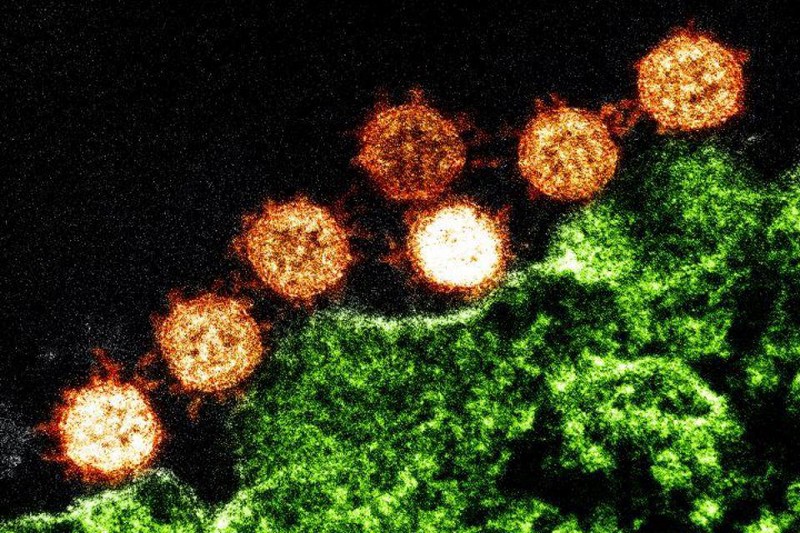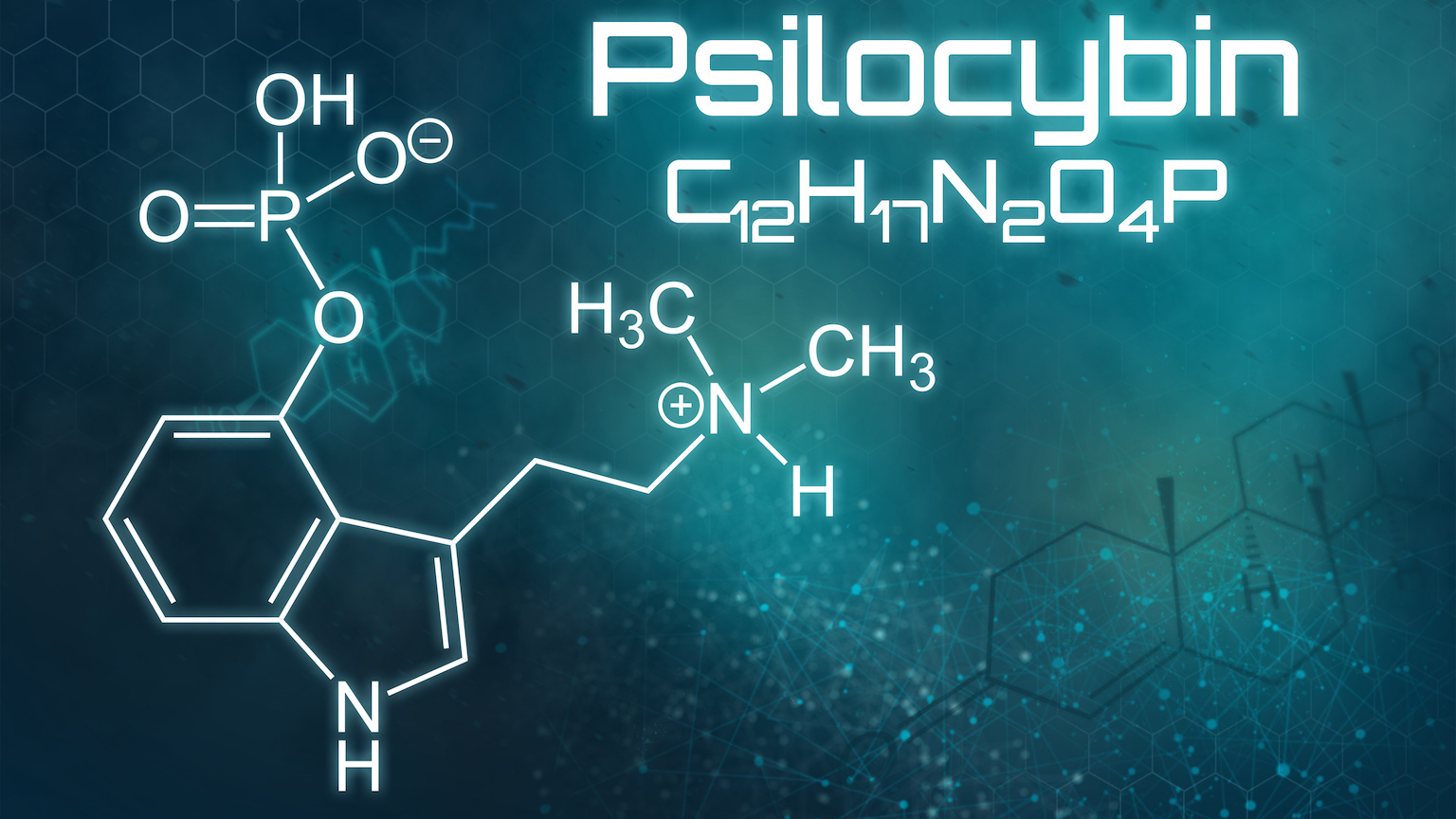Public Health & Epidemiology
A new wave of preventative cancer vaccines are set to begin trials.
The same technology behind the COVID-19 vaccines may enable the first damage-reversing heart attack cure.
A study finds prescription medications and dangerous unlisted ingredients in ordinary supplements.
SIDS deaths have decreased worldwide, but research has yet to solve this medical mystery.
Disulfiram is an FDA-approved drug for the treatment of chronic alcoholism. It might also serve as anti-anxiety medication.
Morbid fatality statistics on digital highway signs seem to distract drivers, thus increasing the number of car crashes.
Shoving platelet-rich plasma up your nose might restore your sense of smell after COVID. But whether it actually works still needs to be sniffed out.
Much of the discussion began during the pandemic, which really brought mental health issues to the forefront.
Wealth was a cushion, but even being well-off did not protect people from the harmful effects of pandemic stressors.
Mutations that confer malaria resistance occur more frequently in people who live in regions where the disease is endemic.
COVID-19 and other microbes have shed light on disease spillover from animals to humans, but we can also spillback disease to wildlife.
The World Air Quality Index shows how clean your city’s air is, in real time.
The dark genome makes up 98% of human DNA. Scientists are just beginning to understand its role in cognitive disorders.
Hormonal birth control for women may elevate the risk of depression and suicide, but so does pregnancy itself.
The Poisson distribution has everyday applications in science, finance, and insurance. To compare the results of some biomedical studies, more people ought to be familiar with it.
The catastrophic birth defect anencephaly affects about 1 in 4,600 pregnancies in the U.S. It is largely preventable with folic acid supplements.
The most feared sexually transmitted disease (STD) of the last half-millennium was usually named after foreigners, often the French.
Scientists ranked countries on their end-of-life care. The U.S. fared poorly.
When reading critiques that inflate the uncertainty of science, ask these 7 questions.
A boy in Germany seems to be the first person to be cured of a rare and painful skin condition commonly called “butterfly disease.”
For the fewer than 50 people with this blood type, finding a blood transfusion could be extremely difficult.
Stem cell-derived chondrocytes could be the key to regenerating damaged cartilage.
Treatments for depression have significantly improved since the 1980s. So why isn’t the rate of depression decreasing?
Done properly, peer review requires that journals fulfill their role as knowledge custodians, rather than being mere knowledge distributors.
A divergence in mortality rates between U.S. states suggests that public health policy plays a substantial role in how long people live.
We don’t know with 100% certainty where SARS-CoV-2 first came from or how it first infected humans. But not all options are equally likely.
A small, Seattle-based study will look to see if the psychedelic can alleviate the pandemic’s mental health impact.
Americans have a lower life expectancy than people in other rich countries despite paying much more for healthcare. We explore the number of factors which might explain this difference.
